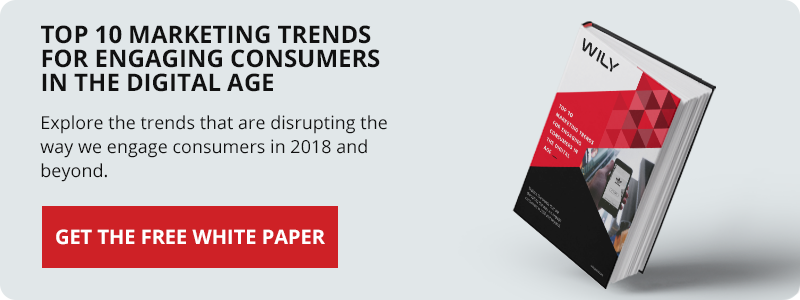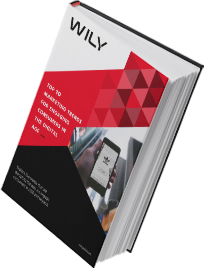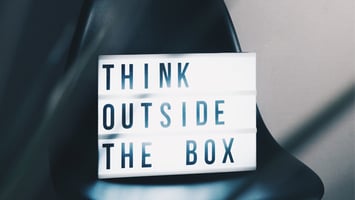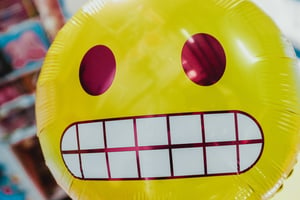Customer engagement is an area that many brands struggle to harness. Less than a decade ago, earned...
Why Millennials Hate Your Loyalty Program, And What To Do About It
 There is a misconception that younger generations have no loyalty or refuse to engage in loyalty programs. Thus, the loyalty program industry has resolved itself to an “Us vs. Them” mentality, which sounds a lot like giving up – “Wlep, they don’t like us, so I guess there’s nothing we can do.” The truth is, Millennials, and Gen Z, are just like everyone else, they like to be rewarded, and incentivized. In fact, new studies show that Millennials are actually more influenced by loyalty programs than older generations.
There is a misconception that younger generations have no loyalty or refuse to engage in loyalty programs. Thus, the loyalty program industry has resolved itself to an “Us vs. Them” mentality, which sounds a lot like giving up – “Wlep, they don’t like us, so I guess there’s nothing we can do.” The truth is, Millennials, and Gen Z, are just like everyone else, they like to be rewarded, and incentivized. In fact, new studies show that Millennials are actually more influenced by loyalty programs than older generations.
In a recent study by BNN, which polled over 50,000 consumers in North America, found that Millennials and Gen Z consumers spend more with their loyalty programs (65%) versus Boomers (56%). The key difference is that Boomers were more satisfied with their loyalty programs (49%) compared to younger consumers (30%). So, the problem is not that Millennials don’t like loyalty programs, they just want a better loyalty experience.
Untrustworthy Loyalty
First of all, loyalty programs struggle from something we’ll call “untrustworthy loyalty”. For instance, Starbucks, one of the most celebrated loyalty programs for its omni-channel experience, made a change that questioned the sanctity of all loyalty programs everywhere. Originally, the program rewarded customers with 1 Gold Star each time they made a purchase. Once you reached 12 Gold Stars, you could redeem for a food or beverage reward of your liking. However, Starbucks decided that loyalty to the brand wasn’t enough. Instead, the program would reward based on how much, rather than how frequently. Now, customers earn 2 stars for every dollar spent and must reach 125 Gold Stars in order to redeem.
In 2011, Air Miles, a popular Canadian travel rewards program, announced that all points earned from the beginning of the program, would expire in 2017. Needless to say, by late 2016, loyalists were scrambling to redeem their miles. Then, in an effort to rectify the situation, they retracted their expiration date only one month before the expiry. Therefore, those who cashed in their rewards were left with nothing, when they could have continued saving.
How can corporations expect consumers to invest in rewards programs, when they make changes that benefit them, at any given time?
Modern loyalty programs must communicate a clear path to earning and redeeming, and consider the consequences of altering a program’s point system after it has been rolled out.
Loyalty Accessibility
The second largest problem with loyalty programs – and likely the most obvious – is lack of accessibility. In a report by eMarketer, 54% of US loyalty program members say it’s frustrating when programs can’t be easily accessed on smartphones or when an app download is required. The most popular solution? Text message. 37% prefer accessing loyalty program information, such as balance or redemption details, via a periodic text message. Additionally, consumers have an aversion to wasting precious real estate on their phone by downloading a loyalty app. The chart below reveals consumers most preferred channel for accessing loyalty program information:
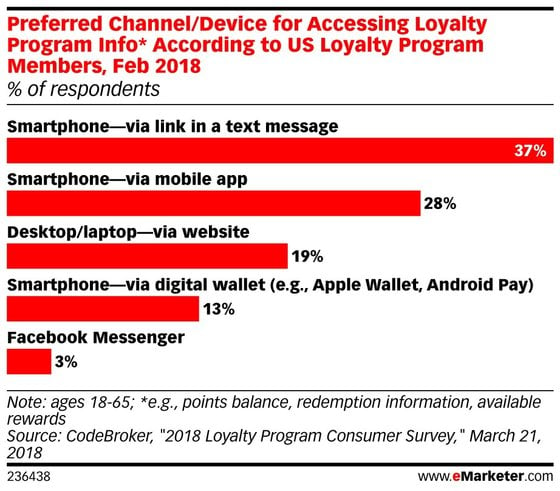
Therefore, it’s important for companies to improve accessibility not just through an app, but through mobile channels such as e-mail and text message.
So, Who’s Getting Loyalty Right?
The feature image for this post was no accident. Yesterday, Amazon announced that its loyalty program, Amazon Prime, now has 100 million members globally. The ease, simplicity, and accessibility of the program makes it a winning formula, especially amongst younger generations. And with Amazon’s Jeff Bezos at the helm, we doubt this is the last we’ll see from innovations in the loyalty space.
The data shows that companies who adopt new technologies are favoured by consumers. BNN reported that 91% of loyalty members want to engage with brands using emerging technologies, such as augmented reality. Bob Macdonald, president and CEO of Bond Brand Loyalty said,
“…the loyalty game is changing as evidenced by new players, evolving experiences (human and digital) and increased customer expectations. Regardless of sector, brands need to rethink their current loyalty strategy in order to increase customer engagement and build loyalty.”
In conclusion, Millennials don’t dislike loyal programs, they just want programs to be more trustworthy and accessible before investing in one.
Easier said than done, right? Loyalty and incentive programs are no easy gambit. In order to compete in today’s marketplace, businesses must be able to optimize and deliver incentives with ease. Learn how to better power your incentive and loyalty programs for today’s consumers here.
White Paper: 2018 Consumer Engagement Trends Report
In this age of digital transformation, businesses need to take creative risks when it comes to their engagement strategy. Explore the top 10 marketing trends that are disrupting the way we engage consumers in 2018 and beyond.
WHAT’S INSIDE:
- Personalizing the Experience with Artificial Intelligence
- Getting Immersive with Virtual Reality & Augmented Reality
- Winning Over Your Customer with Contests and Sweepstakes
- Interactive Case Studies from Dr. Oetker and adidas
- Plus So Much More!
Download the FREE 17 page report today!

